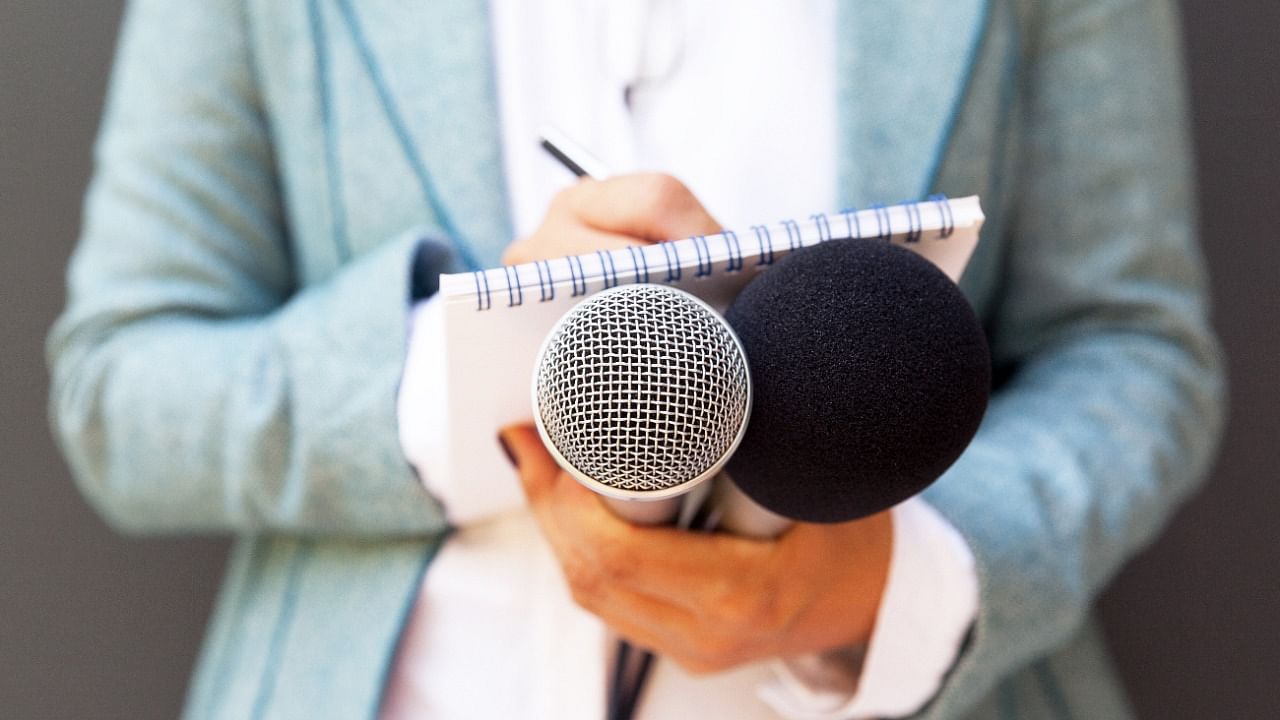
Deaths. Rape threats. Doxxing. Racist, sexist, and misogynistic abuse—in the form of text, images and memes—are nowhere as viciously and sharply visible as in the journalism and media industry, with the worst being faced by women who are generally unapologetic about voicing their opinions and calling out those in power. In fact, in recent years, organised, coordinated or orchestrated physical attacks and online abuse have been escalating threat levels faced by women journalists across the globe.
According to a recent survey of 901 journalists from 125 countries conducted by UNESCO in collaboration with the International Center for Journalists (ICFJ), nearly 73 per cent of women journalists experienced violence during the course of their work.
Threats of physical violence, including death threats, were identified by 25 per cent of women journalists and sexual violence by 18 per cent. Meanwhile, 13 per cent of women journalists described threats of violence against those close to them, including children and infants, and 48 per cent reported being harassed with unwanted private social media messages.
This is despite the progress made after the adoption of the UN action plan—which aims to protect journalists, prevent crimes against them, and pursue their perpetrators—almost a decade ago with concrete measures implemented at the regional, national and global levels. Yet, state-sponsored actors who seed hate campaigns and individuals united in a common cause like misogyny—to date—have continued to use gender-based attacks to prevent women journalists from speaking the truth or invalidating their work.
The amplified use of such tactics can largely be attributed to the growing easy access to the internet and unrestricted usage of social media, which have made targeted harassment, abuse, and threats against women journalists easier than ever.
The popularity of social media, combined with the structural failures of the platforms' business models to protect women journalists and unauthorised access to their personal accounts, has further allowed many to access and share their personal information, thereby increasing their susceptibility to physical violence.
And while many examples exist, an emblematic case study in the global scourge of online violence against women journalists was witnessed in India, where several women journalists were listed for auction on the 'Sulli Deals' app in 2021 and then in the 'Bulli Bai' app in 2022. In Cambodia, government personnel threatened journalist Yon Sineat only because she confronted the prime minister with tough questions.
During an interview at Carleton University's School of Journalism and Communication, Omayra Issa, a reporter for the Canadian Broadcasting Corporation talked about her inbox being flooded with threatening messages, some with racist and sexist language. According to a BBC report, Patricia Devlin, a Sunday World newspaper journalist, received multiple death threats trying to do her job in the public interest.
And while many women journalists do not even report the online attacks that they experience, in most countries, a climate of impunity surrounds the targeting of women journalists, thereby emboldening the perpetrators, demoralising the victim and eroding the foundations of journalism. Thus, to put it simply—be it online abuse or physical attacks—women journalists in any corner of the world have no security, especially with the growing reluctance of the governments to assume responsibility for their protection.
These repressive policies and practices have only increased further with the onset of the Covid-19 pandemic, which majorly transformed the working conditions for journalists, forcing them to become increasingly dependent on internet communication services and social media platforms. As a result, women journalists are today more exposed than ever, with online violence against them worsening in the light of the 'shadow pandemic' of violence against women during Covid-19.
Besides, it is no hidden fact that the pandemic brought with it an opportunity for several governments—such as in India, Sri Lanka, and Nepal, among others—to strengthen their clampdown on journalists, particularly those commenting on the fallouts of the recovery measures. And among these journalists, women reporters have borne a disproportionate impact. For instance, in India last year, a case was filed against Supriya Sharma, Executive Editor at Scroll, for her ground reports highlighting the effects of the government's Covid-19 response on common people.
It is fair to say that women working in today's highly polarised media are paying a heavy price, first owing to their gender identities and then to the ever-growing journalistic repression and censorship.
However, the safety and security of women journalists is an essential pre-requisite for preserving democratic deliberations, media freedom and uplifting women's rights. Thus, there is an urgent need for government and social media giants to bring about policy reforms and accountability mechanisms that fully align with international freedom of expression and privacy standards.
(Akanksha Khullar is an independent scholar working on gender issues)
Disclaimer: The views expressed above are the author's own. They do not necessarily reflect the views of DH.